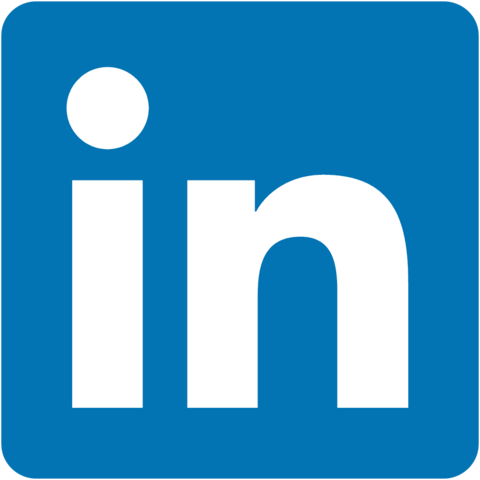Day One
Wednesday 26th June 2024
8:30 am Check-In & Morning Coffee
9:30 am Chair’s Opening: Highly Potent Drugs Landscape Transformation
Exploring the Development Strategies Behind Successful Scale-Up & Tech Transfer
9:45 am Partner Selection & Lessons Learned During Drug-Linker Development & Commercial Supply of Zynlonta®
Synopsis
• CMO selection criteria for drug linkers – a different yardstick than for ‘typical’ NCEs
• Upstream implications of downstream requirements – from raw materials to regulatory
• Case studies of process learnings in a joint operating model for SG3249 manufacture
10:15 am Innovative, Flexible Design & Technologies to Achieve Seamless Scale-Up of Highly Potent Drugs
Synopsis
• Solutions for novel compounds with unknown data in lab scale
• Effective containment development for new process to achieve CapEx savings
• Next generation flexible containment solutions
10:45 am Morning Break & Speed Networking
Synopsis
Our speed networking is the ideal opportunity to get face-to-face time with many of the brightest minds working
in highly potent process development and safety, introduce yourself to the attendees that you would like to have
more in-depth conversation with Benchmark against industry leaders and establish meaningful connections.
11:45 am Adapting ADC Process Manufacturing & Design Process to Enhance Scalability
Synopsis
• Translating well-established small-scale manufacturing and occupational safety best practice during upscaling
• Predicting formulation behavior during upscaling and how to creatively address challenges that arise
• Evaluating safety procedure modification during upscaling to improve operator safety
12:15 pm Achieving a Highly Flexible, Multi-Product Manufacturing Environments – Is This Possible?
Synopsis
• Evaluating and reducing cross-containment risks in a multi-product manufacturing facility
• Case studies to showcase do’s and don’ts, and considerations to your process steps
12:45 pm Networking Lunch Break
Early Application of Data & Analytics to Determine Toxicity & Potency for Efficient Controls Design
1:45 pm Contrasting Challenges with Highly Potent Compounds within Generic & Innovative Companies
Synopsis
• Determining the appropriate band for compounds with limited information
• Discussing how occupational band correlates with engineering controls and PPE
• Communicating changes in bands for existing compounds to avoid disruptions in manufacturing
• Enhancing cross cultural risk communication regarding operator safety
• Addressing employee concerns about changes in categorization
2:30 pm Risk Assessment for Different Formulations in a Highly Potent Drug Facility: Oral Solid Dose & Liquid Dosage Formulations
Synopsis
• Understanding how to risk assess cross contamination for OSD or liquid dosage formulations, including parenteral
• Considering how different states of compound influence bioreactor charging and how to navigate this whilst considering the different risks associated with these processes and adapting safety procedures accordingly
• Designing facilities and robust workflow and safety processes to reduce risk of operator exposure in the event of a leak or airborne dust from milling
3:00 pm Afternoon Networking Break & Tech Slam
Aligning Stakeholders Across Modalities to Accelerate Development and Scale-Up
4:00 pm Fireside Chat & Roundtable Discussion: Tightening Industrial Hygiene, EHS And Process Development Collaborations for an Effective, Safe Scale-Up of Novel Potent & Cytotoxic Compounds Combining Biologics & Small Molecules
Synopsis
• Getting it right first time: internal stakeholders’ involvement during early development for cytotoxic and potent compounds to evaluate process requirement
• Selecting the right partners and equipment ready for scale-up
4:45 pm The Flexibility of Rigid Isolators
Synopsis
• How Rigid Isolators Provide Unexpected Flexibility in Pharmaceutical Environments
• The ‘Rigid yet Flexible’ concept: Adapting to diverse needs
• Case studies: Innovative applications and combinations of rigid isolator systems
5:15 pm Chair’s Closing Remarks
5:30 pm Drinks Reception Hosted by Schedio
Synopsis
Following day 1’s presentations, this is your opportunity to enjoy an informal networking break, expand your industry connections with biopharma peers to strive towards GMP operations of highly potent and cytotoxic drugs!

